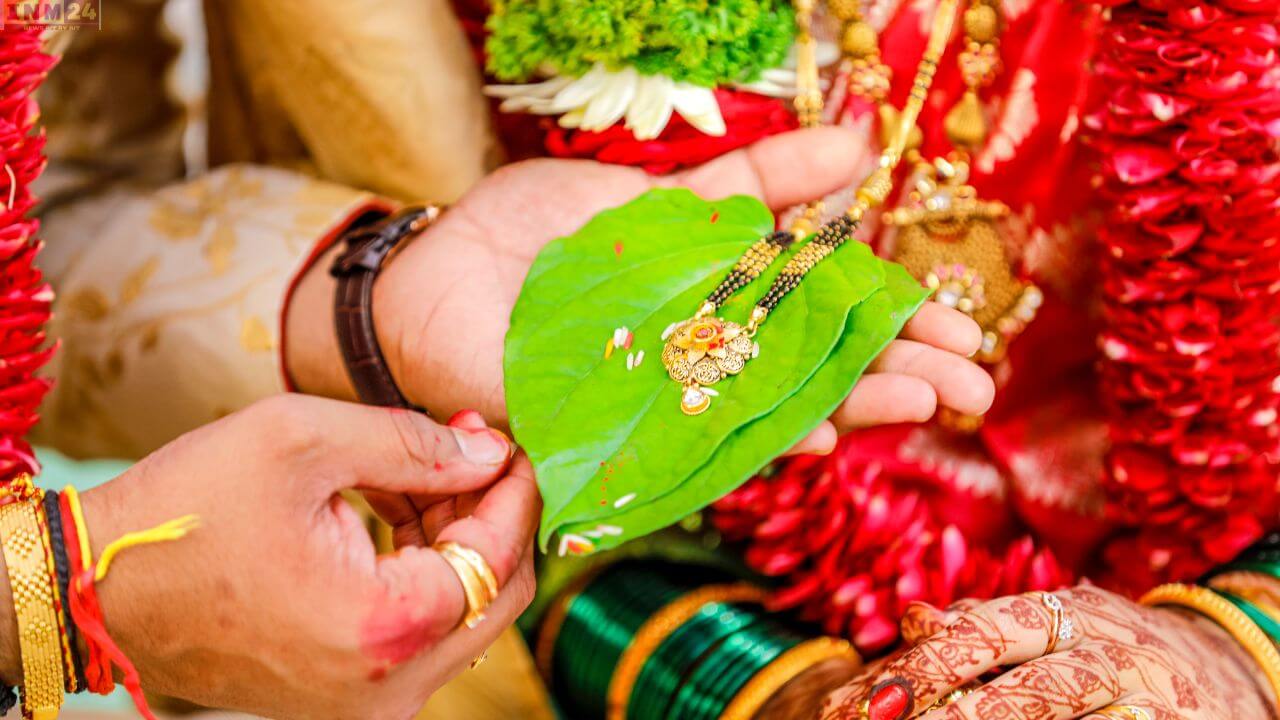Have you ever wondered why women in Hindu culture wear a mangalsutra after marriage? What is the story behind this tradition, and where is it prevalent today? If you’re curious about these questions, let’s explore the significance of mangalsutra in Hindu tradition.
Origin of the Tradition
The practice of wearing a mangalsutra around the neck after marriage is deeply rooted in Hindu culture, with its origins traced back to South India. According to historical records, this tradition dates back to the 6th century, as mentioned in the book ‘Saundarya Lahari’ by Adi Shankaracharya. In Hindu culture, the mangalsutra is considered a sacred symbol of the bond between husband and wife. While it is known as “Thali” or “Thiru Mangalyam” in Tamil Nadu, it is referred to as “Mangalsutra” in North India.
Meaning of Mangalsutra
The term “mangalsutra” is derived from two Sanskrit words, “mangal” meaning auspicious and “sutra” meaning thread or necklace. In Hinduism, the mangalsutra is regarded as a sacred ornament symbolizing marital bliss and longevity. It serves as a protective talisman for the married couple, signifying the husband’s commitment to protect his wife. The design and materials used for mangalsutras vary across regions, with some incorporating gold, pearls, or black beads. This tradition is prevalent not only in India but also among Hindu communities in Nepal, Bangladesh, and Pakistan, as well as the Syrian Christian community.
Symbolism and Beliefs
Different regions and communities attribute various beliefs and symbolism to the mangalsutra. In some interpretations, the black beads represent Lord Shiva, while the gold symbolizes Goddess Parvati. It is also believed that the mangalsutra consists of nine knots, representing the nine forms of Goddess Durga and symbolizing the elements of earth, water, air, and fire. Additionally, the mangalsutra is considered one of the 16 adornments (Shringar) of a married woman.
The mangalsutra holds immense significance in Hindu culture, symbolizing the sacred bond of marriage and the commitment between spouses. As a symbol of marital happiness and protection, it is an integral part of Hindu weddings and married life. Whether adorned with gold, black beads, or other materials, the mangalsutra continues to be cherished by married women across generations, serving as a timeless emblem of love, devotion, and tradition
